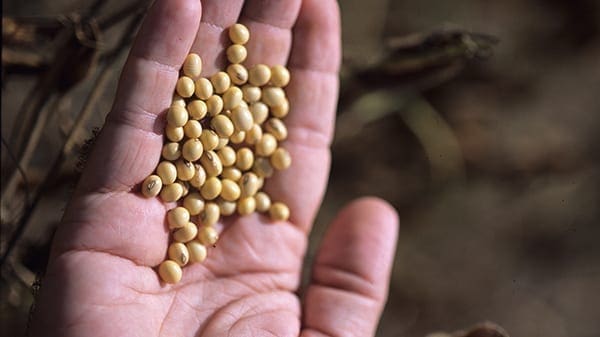KOREA – USDA has forecasted that soybean production in Korea is likely to rise steadily by 20% to 100,000 tonnes in the year 2018/2019 following government plans to plant less rice.
This comes even after drought conditions during the spring 2015 planting season resulted in less rice sown, along with stressful growing conditions for newly planted rice and other summer crops such as corn and soybeans.
According to a report by Korean Rural Economic Institute (KREI), soybean area is forecast to increase 45,775 hectares, a less than 1% increase.
However, KREI said that the figure didn’t reflect the effect of domestic rice area reduction programs that encourage soybean cultivation on paddy land.
Despite of the upward forecast, domestic soybean consumption remains unchanged in comparison to the previous year’s, estimated at 1.37 million tonnes.
“Using the KREI survey results and the rice reduction program as a benchmark, post is forecasting that soybean production for 2018-19 will increase by 20 percent from KOSTAT official data in the previous year based on a five-year average yield,” said FAS, Seoul Foreign Agricultural Service.
“Yields are expected to be similar to last year’s yields, which had rebounded from the preceding year due to favorable weather conditions.”
FAS added that majority of that, about 1 million tonnes, will be crushed while 320,000 tonnes will be used for domestic food such as tofu, soymilk and soy sauce and the remaining 50,000 tonnes will domestic feed and waste.
While imports were expected to remain at 1.27 million tonnes, soybean meal production will remain steady at 792,000 tonnes.
Also, consumption and soybean oil production were expected not to change with most of the imports coming from US.










